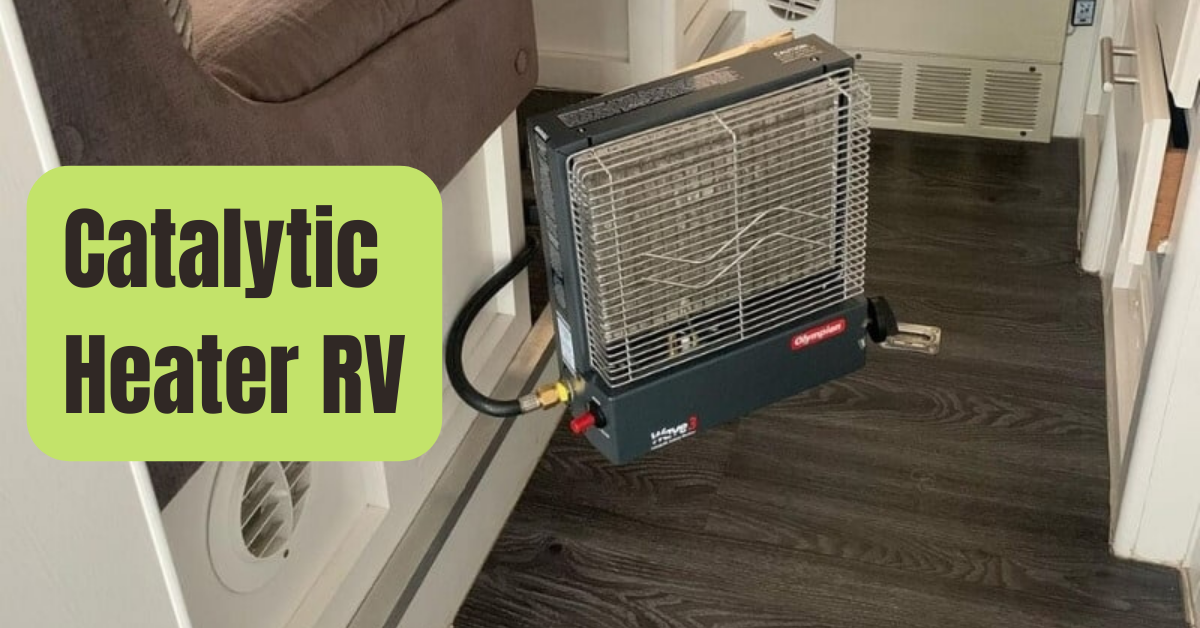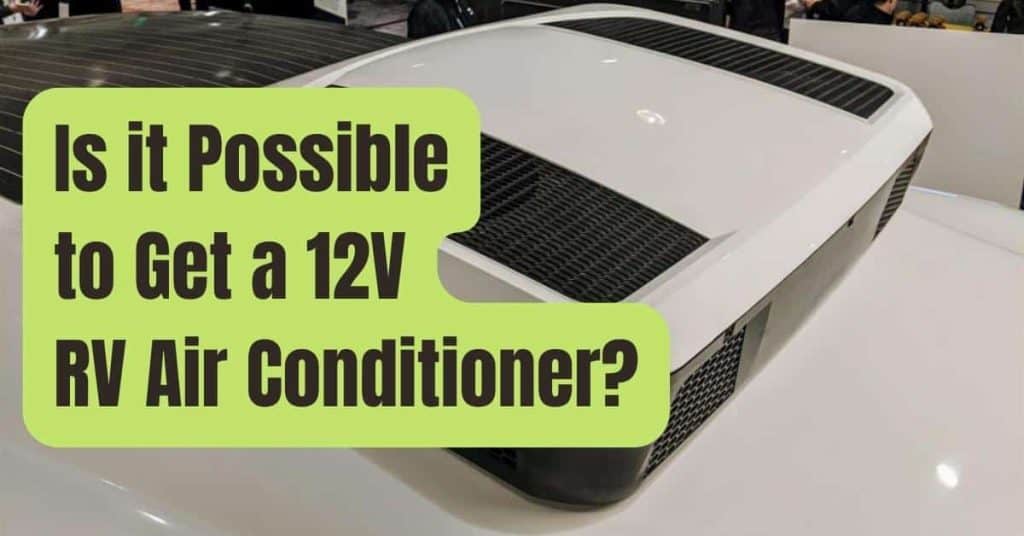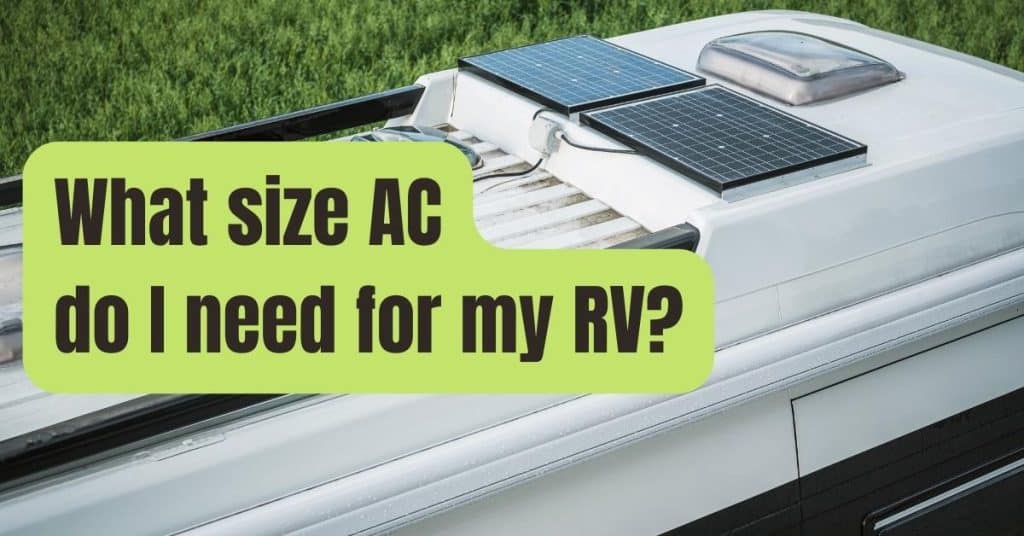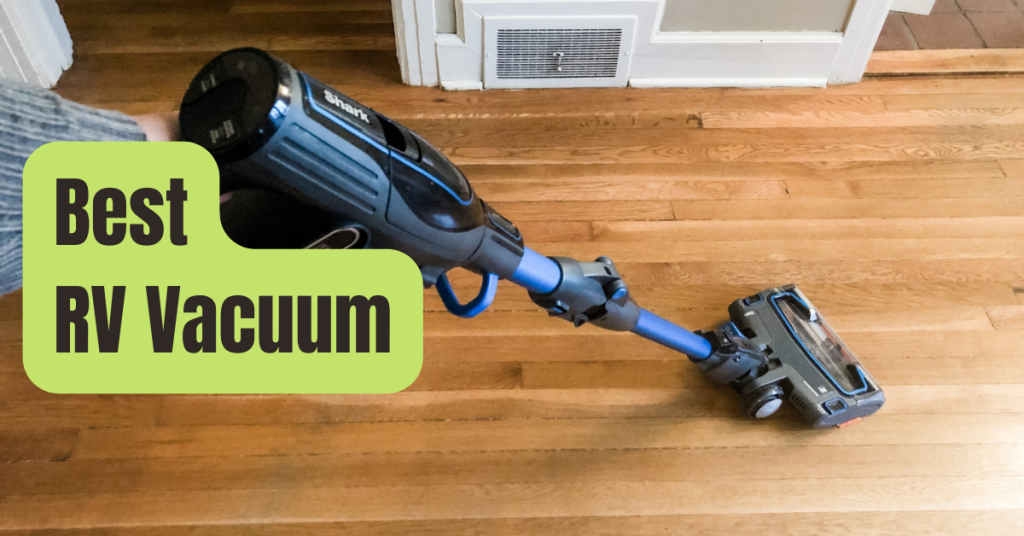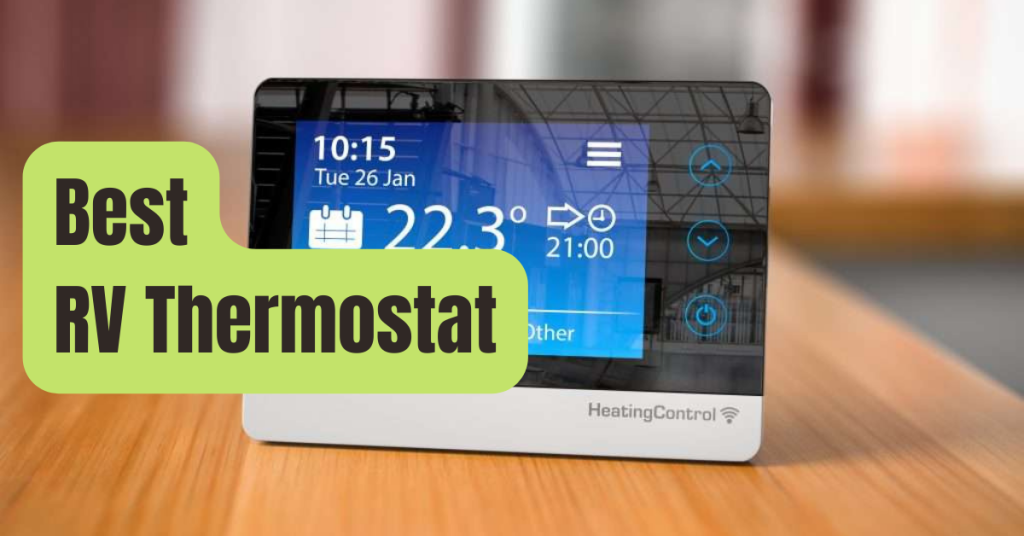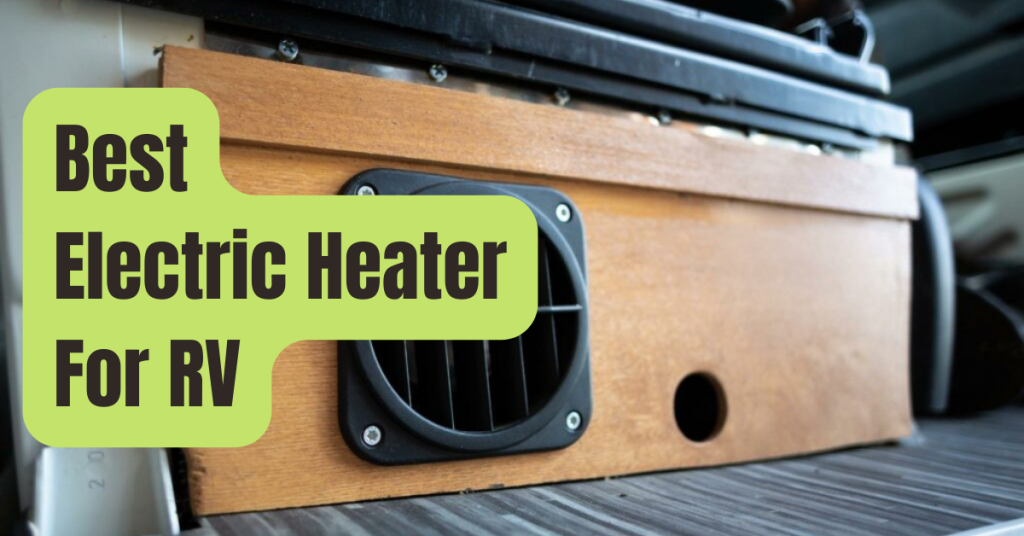During the colder months, we all prefer to be warm, especially when we’re traveling in an RV.
The easiest method to do this is with a catalytic RV heater, which can be used in any sort of recreational vehicle regardless of whether you have access to power or not.
Here are some crucial details regarding an RV catalytic heater that you should be aware of.
No Electricity Is Needed To Operate Catalytic Heaters.
Did you realize that a catalytic heater may be operated without even having an electrical connection, as we briefly discussed earlier? They operate on low-pressure propane instead, and a safety shut-off valve guards against unintentional fuel release.
When your propane runs out, all you have to do is bring your cylinders to your neighborhood refill station (or buy some new ones) and you’re ready to go.
RV Catalytic Heaters Use Propane More Gradually
Unlike furnaces, which utilize high pressure propane, catalytic heaters operate on low pressure.
They are known to be 99.98% efficient, in contrast to the up to 45% efficiency loss of a typical RV furnace.
Nobody wants to chance having a dead RV battery merely to be warm, after all!
When In Use, Let More Oxygen Into Your RV.
Compared to other kinds of RV heaters, a catalytic heater RV employs a heat-producing catalytic reaction rather than an open flame, making it safer.
Nevertheless, safety precautions must still be taken.
Because catalytic heaters need oxygen, persons inside your RV face the danger of asphyxiating if there is insufficient ventilation.
To let more oxygen into the room, always open a window and check that a vent is also open.
Modern catalytic heaters are also equipped with a low oxygen sensor, which prevents the flow of propane and causes the heater to self-extinguish when the oxygen level falls below a set threshold.
Two Kinds of Catalytic RV Heaters are Available.
When it comes to a catalytic heater for your RV, you have two common choices: a portable space heater or a catalytic heater that is permanently attached.
Portable catalytic heaters are attached to a regular portable refillable propane tank through an extension line or run on disposable propane canisters.
On the other hand, a permanently installed catalytic heater is immediately hooked into your onboard propane system.
The most often used catalytic heater brands include Olympian, Mr. Heater, Scott Can, and Coleman, to name just a few.
Follow The Use Guidelines Provided By Your Manufacturer.
Even if you’ve previously used a catalytic heater from a different manufacturer, it’s better to be safe than sorry.
Always heed the use instructions provided by the product’s maker, and pay attention to anything you shouldn’t be doing.
Additionally, because errors might happen, it’s crucial that only adults use the catalytic heater.
Investigate Tip Over Protection
Although catalytic heaters, unlike some other kinds of RV furnace, don’t have an open flame, many portable units still include a tip-over shut-off feature.
This enables your heater to turn off if it is not upright, stopping any mishaps in their tracks.
Avoid Putting Combustibles Near Your RV’s Catalytic Heater
Even though they are among the safest heating options, you must nevertheless keep combustibles (such aerosols, gasoline, paper, etc.) away from your heater.
You don’t want these dangerous substances to heat up since doing so might cause an explosion or fire that could endanger you and your loved ones.
Keep Your Catalytic Heater RV Covered When Not in Use
There will be times when your RV with a catalytic heater isn’t in use, especially during the summer or while your RV is in storage.
This serves to keep dust out of the system since it may cause the catalytic heater to emit more carbon monoxide.
The most crucial information regarding a propane RV heater catalytic is shown above.
An RV catalytic heater is the ideal complement to your home away from home when maintained and used correctly!

